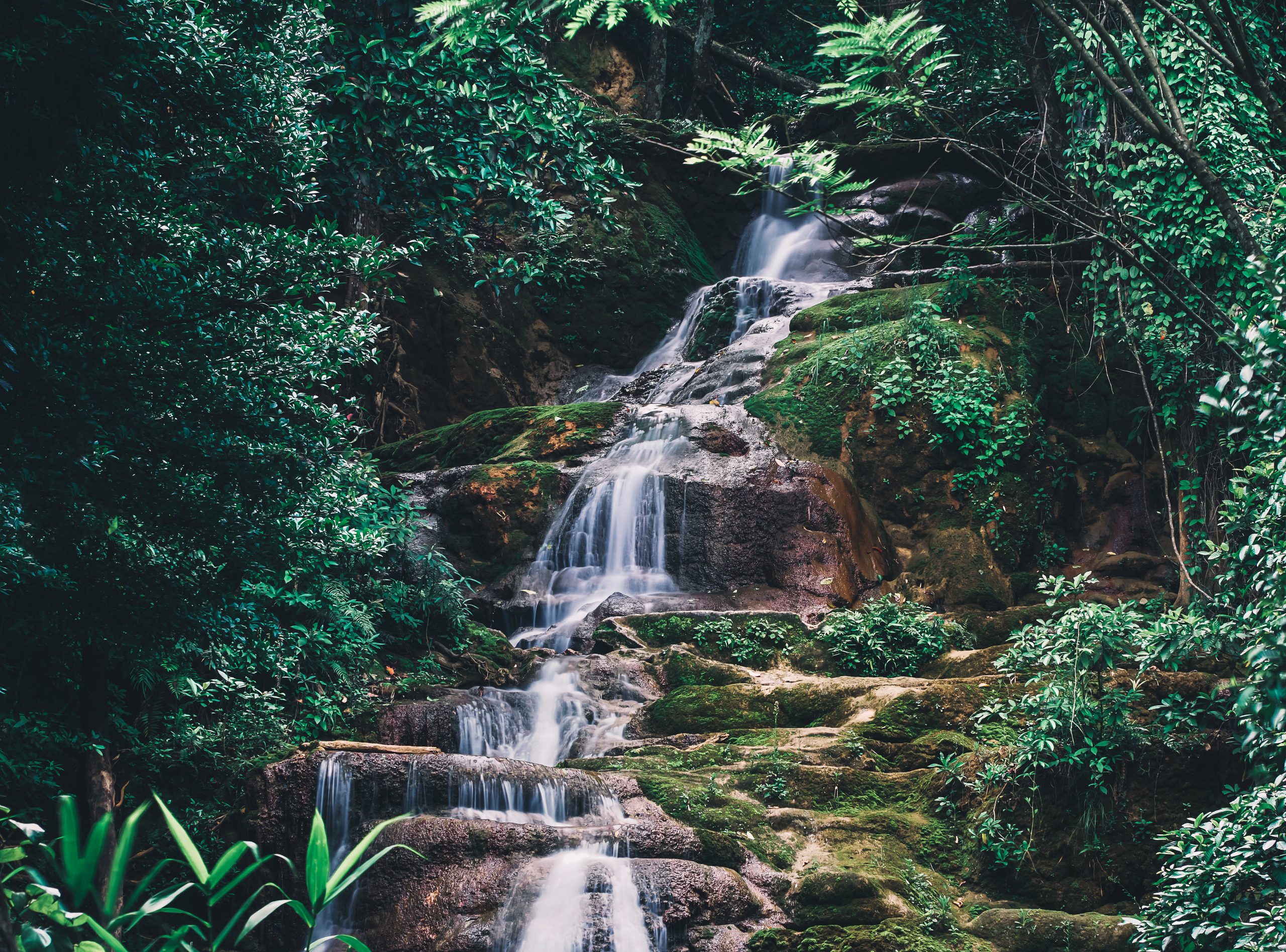
Iceland's forests have a rich and complex history. Once covered in lush woodlands, centuries of human settlement and deforestation led to a significant decline in the country's forested areas. When the first settlers arrived in Iceland around 874 AD, it is estimated that forests covered up to 40% of the land. However, over the centuries, the need for timber, fuel, and agricultural land led to widespread deforestation. By the early 20th century, only about 1% of Iceland's land area was forested. Recognizing the importance of forests for the environment, soil conservation, and the overall wellbeing of the country, the Icelandic government established the Icelandic Forest Service in 1907. This marked the beginning of a long-term commitment to reforestation and sustainable forest management. Now reforestation efforts have breathed new life into these landscapes, resulting in the growth of diverse and thriving woodlands. Over the past century, reforestation efforts in Iceland have focused on planting native tree species, such as birch, willow, and rowan, as well as introducing non-native species like Sitka spruce, lodgepole pine, and larch. These efforts have been successful in increasing the country's forested areas, with current estimates suggesting that forests now cover around 2% of Iceland's land area.
In addition to government-led initiatives, numerous non-profit organizations and local communities have also taken up the cause of reforestation. These grassroots efforts have played a crucial role in raising awareness about the importance of forests and promoting sustainable forestry practices.
Iceland's forests offer a unique opportunity for visitors to immerse themselves in nature and experience the rejuvenating effects of spending time in a forest environment. The diverse landscapes, ranging from dense woodlands to open meadows, provide a variety of recreational activities, such as hiking, birdwatching, and photography.
Moreover, the forests of Iceland are home to a wide array of flora and fauna, including several rare and endangered species. Visitors can observe the unique Icelandic wildlife, such as the Arctic fox, reindeer, and various bird species, in their natural habitat.
Spending time in Iceland's forests also offers numerous health benefits. Being in nature can help reduce stress, improve mental wellbeing, and boost the immune system. The tranquility and serenity of Iceland's forests provide the perfect setting for mindfulness and relaxation, making them an ideal destination for wellbeing tourism.
The reforestation efforts in Iceland have not only helped restore the country's once-abundant woodlands but have also created a unique and captivating environment for visitors to explore. By visiting Iceland's forests, travelers can experience the beauty and tranquility of these landscapes while also supporting the ongoing efforts to preserve and protect these vital ecosystems.